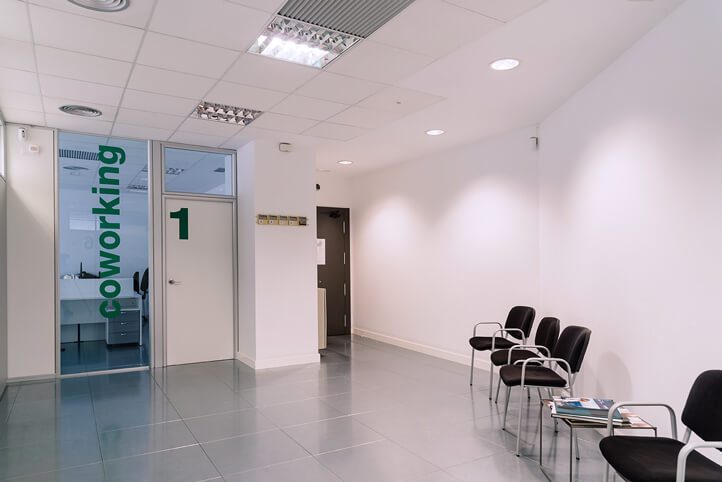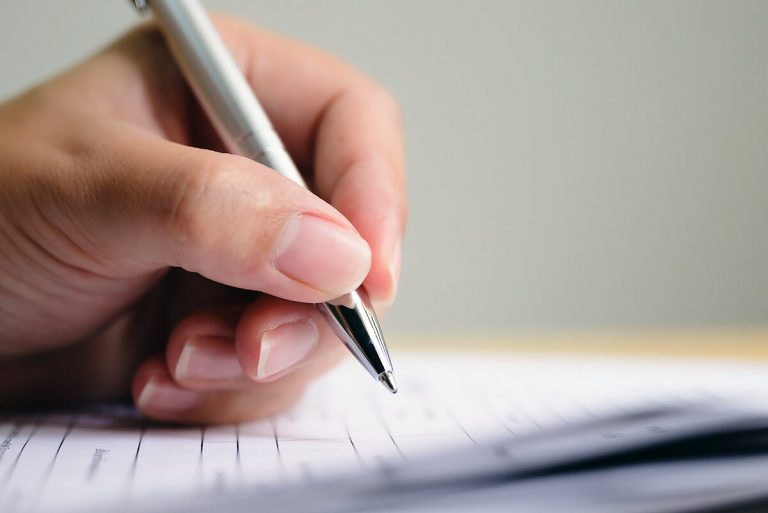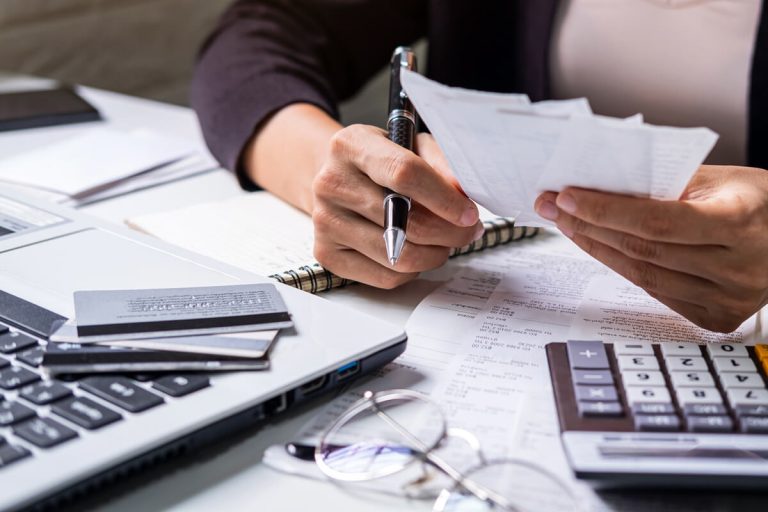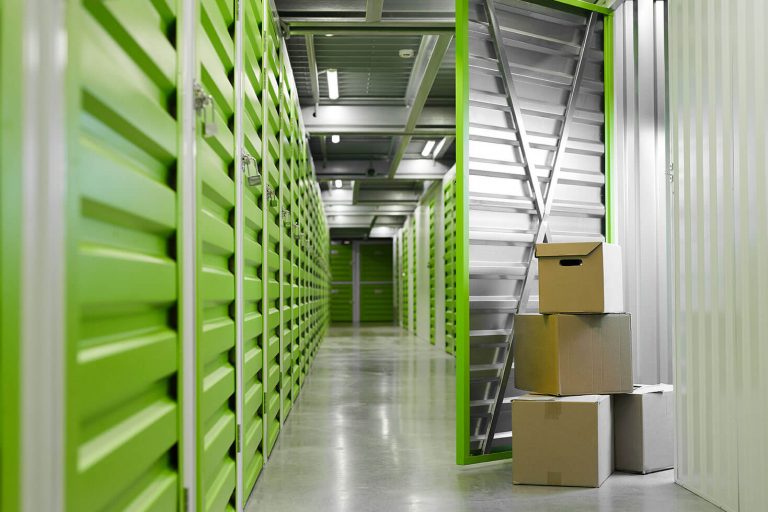Section 179 Deduction
By: Robert Taylor
The section 179 deduction allows eligible taxpayers to fully deduct qualifying property rather than depreciate the property over a number of years. The limit that a taxpayer can deduct using Section 179 is $1,045,000 for 2020 and is $1,050,000 for 2021.
There are spending limits imposed on Section 179 deduction. A taxpayer can only place a certain amount of qualifying Section 179 property in service during the tax year before the deduction limit is affected. The spending limit for 2020 is $2,590,000, and for 2021 it’s 2,620,000. The deduction amount is reduced dollar for dollar as you exceed the spending limit. For example, if a taxpayer places in service $3,090,000 of qualified Section 179 property in 2020 their deduction limit of $1,045,000 is reduced by $500,000 ($3,090,000 – $2,590,000).
Only certain property qualifies for Section 179 treatment. This includes the following:
- Tangible personal property or Section 1245 property bought for use in a business
- Qualified Improvement Property (for years beginning after 2017)
- Certain improvements to nonresidential real property that are placed in service after the property was first placed in service including (for years beginning after 2017):
- Roofs
- HVAC
- Fire protection and alarm systems
- Security Systems
The qualifying property must be used in the active conduct of a trade or business to be eligible for Section 179 Expensing.
A cost segregation study may be able to identify building component costs that are eligible for Section 179 Expense, so that is can properly be applied.




